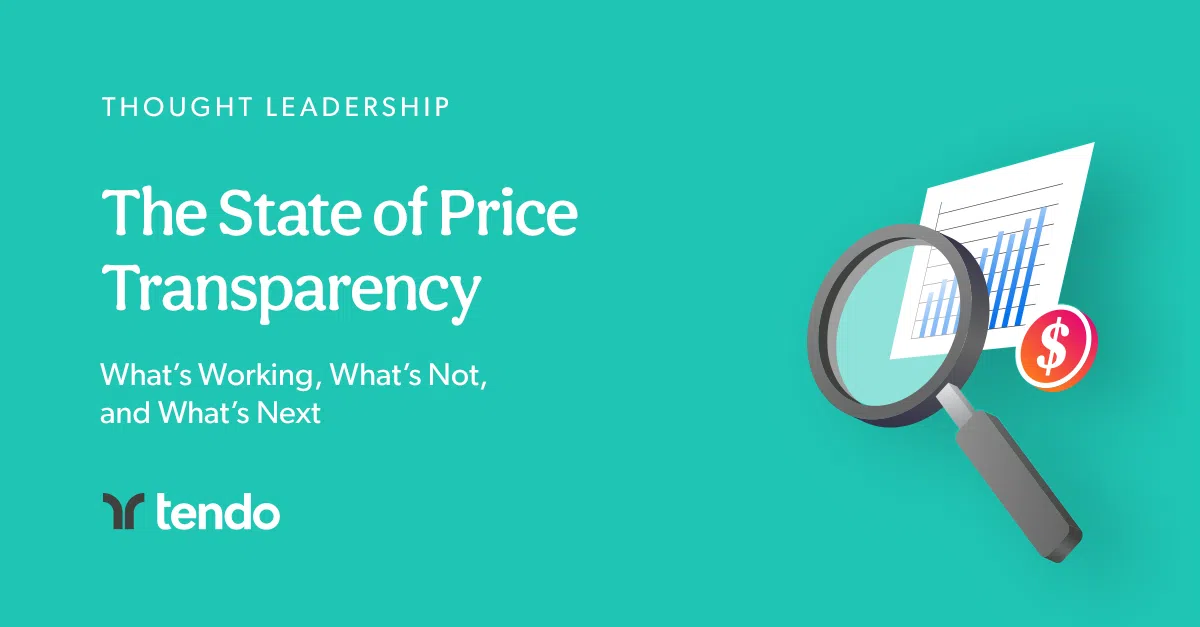The push for price transparency in healthcare has accelerated, aiming to empower consumers with upfront pricing and foster competition to lower costs. But as more organizations work toward implementation, what’s actually happening in the market?
At Tendo, we work closely with hospitals, employers, and consumers to turn transparency from a regulatory requirement into a strategic advantage. From our perspective, here’s where things stand:
1. Employers Are Taking the Lead
For employers, price transparency isn’t just about compliance—it’s about cost savings. More companies are leveraging price data to steer employees toward high-quality, lower-cost care. Direct contracting and pre-negotiated bundled pricing, like what we offer through the Tendo Marketplace, are becoming essential tools in employer healthcare strategy.
2. Hospitals Are Making Progress, But Challenges Remain
Many health systems are working toward compliance, but making pricing data truly consumer-friendly is still a work in progress. Simply posting prices isn’t enough—hospitals need the right infrastructure to turn transparency into an advantage rather than just an obligation.
3. Consumers Want Clarity, Not Just Numbers
More patients are actively searching for pricing information, but the data they find often leads to confusion. Understanding “shoppable” services and out-of-pocket costs remains a challenge. Platforms like Tendo’s marketplace help bridge this gap by offering bundled, transparent pricing, but there’s still work to be done in making pricing information more intuitive and actionable.
4. Transparency Alone Has Not Driven Change
While transparency initiatives have increased, they haven’t necessarily resulted in greater accountability or cost reduction. We’ve seen this in other industries, such as Life Sciences, where the Sunshine Act was intended to improve transparency but has had mixed results in driving meaningful change. Without clear consequences or mechanisms to act on pricing data, transparency efforts risk becoming little more than regulatory checkboxes.
5. Transparency Must Be Tied to Transactability
Price transparency will only be effective if it’s linked to the ability to transact at those prices. In healthcare, this means tying transparent costs and quality metrics to bundled payments and direct transactions. When providers must honor their published rates in real-world transactions, the industry gains both accountability and efficiency, ensuring transparency isn’t just theoretical but drives real cost savings and better outcomes.
What’s Next?
Price transparency is here to stay, and its impact will continue to grow. The key to making it work for all stakeholders is turning raw data into meaningful action—helping employers, hospitals, and consumers use price transparency to drive smarter decisions and real cost savings.
At Tendo, we believe transparency should be more than a compliance checkbox—it’s an opportunity to build a better, more efficient healthcare system. Organizations that embrace transparency as a strategic tool, rather than just a regulatory requirement, will be best positioned for success.
Find out how we can help
Want to learn more about how we’re helping organizations navigate price transparency?

